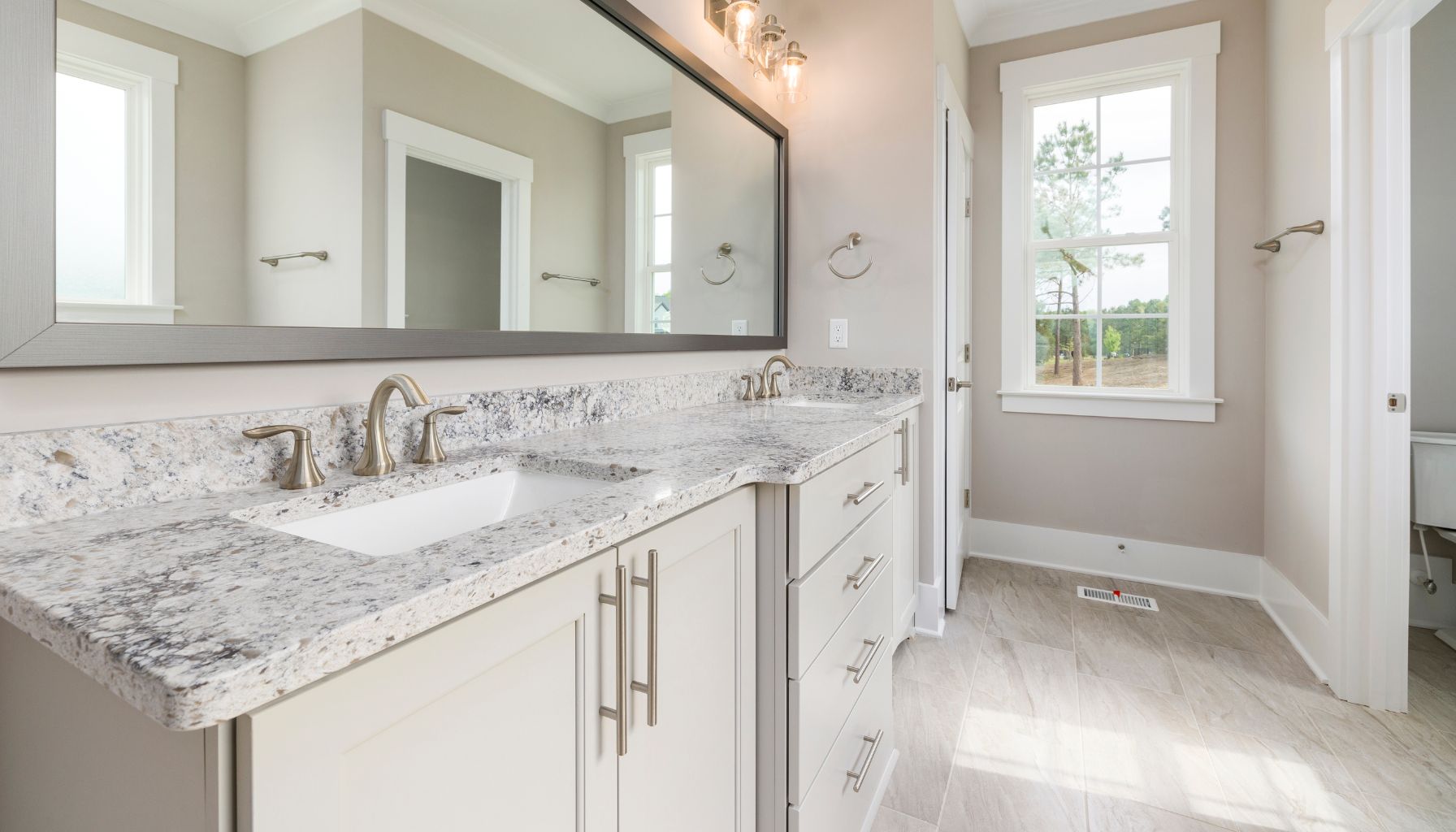Marble has been cherished for centuries as a luxurious and timeless material used in architecture, interior design, and sculpture. Whether you’re designing a sophisticated kitchen, an elegant bathroom, or a grand foyer, marble plays a significant role in determining the overall aesthetics and functionality of the space.
While most people focus on color, veining, or finish, one crucial factor often overlooked is slab thickness. The thickness of a marble slab directly affects its durability, application, cost, and visual impact. Understanding the nuances of marble slab thickness can help you make smarter design and purchasing decisions.
In this blog, we’ll guide you through everything you need to know about marble slab thickness standard sizes, where and how they’re used, the benefits of different thicknesses, and how to choose the right one for your project.
What Is Marble Slab Thickness?
Marble slab thickness refers to measuring the marble’s depth, usually measured in millimeters (mm) or inches. Commonly, marble slabs are available in three standard thicknesses:
- 16 mm or 18 mm (¾ inch) – Standard thickness
- 20 mm (¾ inch, slightly thicker variant)
- 30 mm (1¼ inch) – Heavy-duty applications
- Custom thicknesses – For special design requirements
The thickness you choose will significantly impact your project’s durability, appearance, weight, and cost.
Common Thicknesses and Their Applications
Let’s take a closer look at the most widely used thickness options and where they’re best suited.
16 mm- 18 mm (Standard Slabs)
- Use Cases: Wall cladding, backsplashes, furniture inlays, moderate-use flooring
- Advantages: Lightweight, cost-effective, easier to install
- Ideal for: Residential projects with moderate wear and tear
This is the most commonly used thickness in Indian homes and many commercial interiors. It offers the perfect balance between durability and aesthetic flexibility.
20mm (Enhanced Durability)
- Use Cases: Kitchen countertops, vanities, high-traffic floors
- Advantages: Greater strength, less prone to cracking under stress
- Ideal for: Heavily used surfaces
Slightly thicker than standard slabs, the 20mm variant is perfect for structural integrity where frequent usage is expected.
30mm (Heavy-Duty Applications)
- Use Cases: Staircases, kitchen islands, outdoor use, commercial spaces
- Advantages: Superior strength, longer life, excellent resistance to impact
- Ideal for: Premium and luxury applications, especially in large formats
Though heavier and more expensive, 30mm slabs are known for their longevity and are often used in high-end luxury or outdoor projects.
Factors to Consider When Choosing Thickness
When selecting marble slab thickness for your space, consider the following factors:
A. Application Area
- For flooring, especially in high-traffic zones, opt for 20mm or 30mm.
- For walls or backsplashes, 16mm is sufficient and easier to install.
- Kitchen countertops benefit from 20–30mm slabs due to their strength.
B. Weight & Load-Bearing Capacity
- Thicker slabs are heavier and may require strong base support, particularly for upper floors or suspended surfaces.
C. Design Aesthetics
- Thicker marble can create a bold and premium look, especially in countertops and islands.
- For a more minimal or floating design, thinner slabs offer sleekness.
D. Cost Implications
- Thicker slabs typically cost more due to the increased quantity of raw material and more difficult handling.
- However, they may offer better long-term value due to reduced maintenance and breakage.
Marble Slab Thickness for Specific Spaces
Here’s a room-by-room guide on selecting appropriate slab thickness:
Kitchen
- Recommended: 20mm or 30mm
- Rationale: Frequent exposure to weight, heat, and sharp utensils.
Bathrooms
- Recommended: 16mm to 20mm
- Rationale: Aesthetic appeal matters more than structural strength for vanities and shower walls.
Living Room Flooring
- Recommended: 18mm to 20mm
- Rationale: Must withstand foot traffic, furniture weight, and cleaning tools.
Staircases
- Recommended: 30mm
- Rationale: Needs exceptional durability and structural support.
Wall Cladding or Accent Walls
- Recommended: 16mm
- Rationale: Lightweight, easier to install, and doesn’t require structural support.
Edge Profiles and Thickness
The thickness also affects the edge profiles you can create. For example:
- Bullnose or bevel edges require a thicker slab (20–30mm) for visual appeal and strength.
- Thin slabs (16mm) may limit edge treatment choices or require laminated edges for a thicker appearance.
Installation & Handling Tips
- Always hire professionals for measuring, cutting, and installation, especially with thicker slabs.
- Ensure proper substrate preparation for floors and walls before laying marble.
- Use appropriate adhesives and support systems based on slab thickness and weight.
- Be mindful of transport and handling, particularly for 30mm slabs which are heavier and more fragile during movement.
How Does Thickness Affect Sustainability?
Although thicker slabs are more durable, they also consume more raw materials and energy during manufacturing and transportation. For environmentally conscious projects:
- Choose thinner slabs where structurally appropriate.
- Use engineered marble or composite stones for larger surfaces to reduce natural resource consumption.
- Consider recycled marble tiles or leftovers for smaller sections like bathroom niches or skirting.
Innovations in Thin Marble Slabs
With the advancement in processing technologies like Forza360 by Classic Marble Company, even ultra-thin marble slabs (12mm or less) are gaining popularity. These are especially useful for:
- Wall paneling
- Ceilings
- Furniture applications
- Backlit features
They are easy to handle, reduce installation costs, and still offer the same visual appeal.
Conclusion
Marble slab thickness plays a crucial role in how your space looks, performs, and endures over time. Whether you’re aiming for sleek elegance or robust luxury, selecting the right thickness is a balance between design vision, practicality, and budget.
If you’re unsure what slab thickness is best for your project, consulting with a trusted marble supplier like Classic Marble Company (CMC) can provide you with expert recommendations tailored to your space, usage, and style.


